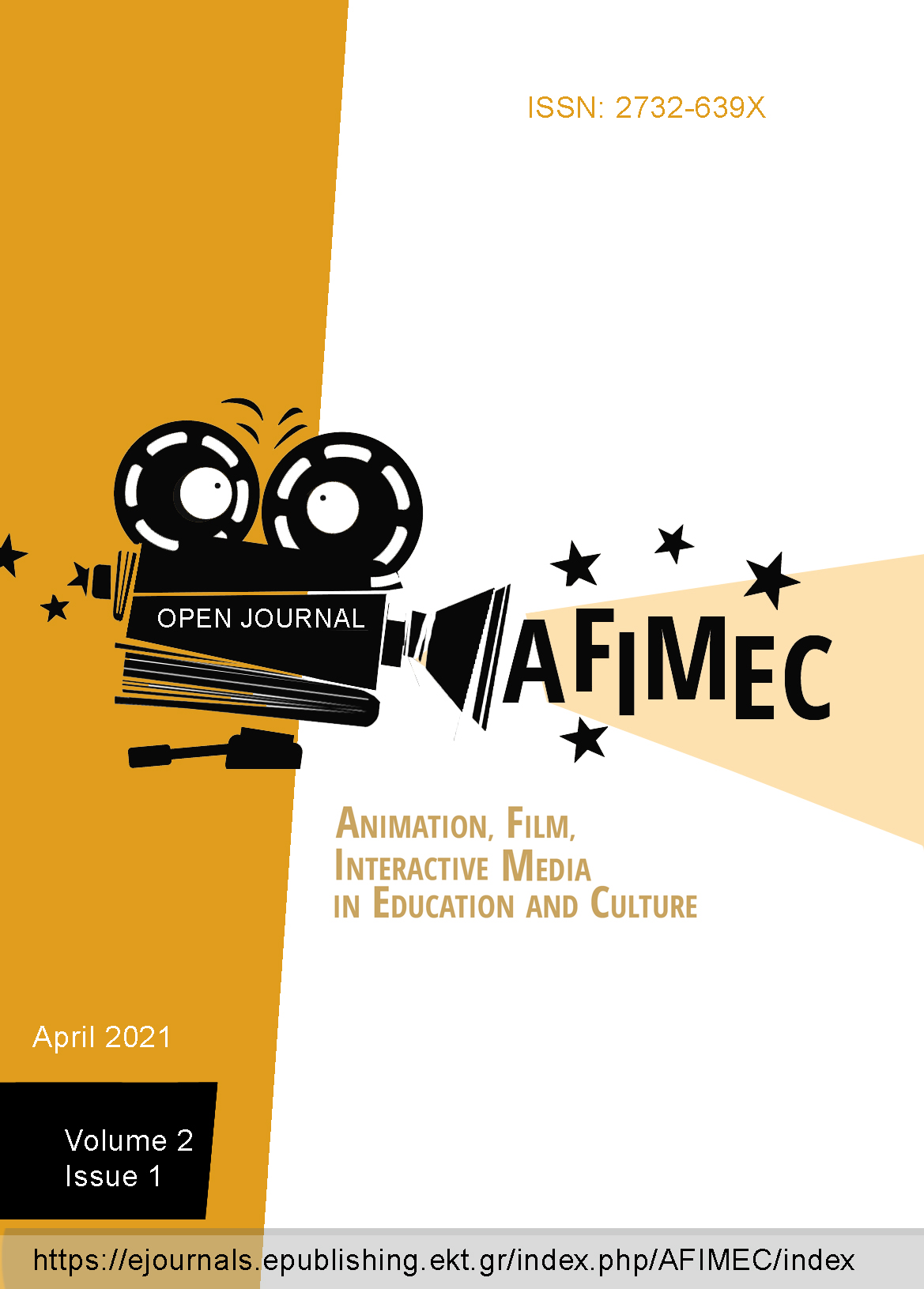October 1944: The revolt in Auschwitz – February 2021: The mediated choreography in Nea Smyrni

Abstract
During the school year 2020-2021, the project analysed in this article was conducted in Evangeliki Model High School of Smyrna. Four students participated and it was supervised by the school English teacher, who is also specialised in media education. This project involving the creation of a digital video of a mediated choreography on the theme of the Holocaust and the Greek Jews was realised within the framework of the school’s participation in the competition organised by the Ministry of Education and Religious Affairs and the Jewish Museum of Greece for the school year 2020-2021. The student team collaborated, under their teacher’s guidance, with the aim to study the Auschwitz sonderkommandos’ revolt, to create their narration and then make a 6-minute artistic video on this topic. The present project also constitutes a suggestion for the realisation of similar projects of audiovisual literacy in the schools of secondary education.
Article Details
- How to Cite
-
Αρναούτη Ε. (2022). October 1944: The revolt in Auschwitz – February 2021: The mediated choreography in Nea Smyrni. Open Journal of Animation, Film and Interactive Media in Education and Culture [AFIMinEC], 3(2). https://doi.org/10.12681/afiinmec.27510
- Section
- Εφαρμοσμένο μέρος (Practice)
- Οι Συγγραφείς διατηρούν τα Πνευματικά Δικαιώματα και χορηγούν στο περιοδικό το δικαίωμα της πρώτης δημοσίευσης ενώ ταυτόχρονα τα πνευματικά δικαιώματα της εργασίας προστατεύονται σύμφωνα με την Creative Commons Attribution License που επιτρέπει σε τρίτους - αποδέκτες της άδειας να χρησιμοποιούν την εργασία όπως θέλουν με την προϋπόθεση της διατήρησης των διατυπώσεων που προβλέπονται στην άδεια σχετικά με την αναφορά στον αρχικό δημιουργό και την αρχική δημοσίευση σε αυτό το περιοδικό.
- Οι Συγγραφείς μπορούν να συνάπτουν ξεχωριστές, και πρόσθετες συμβάσεις και συμφωνίες για την μη αποκλειστική διανομή της εργασίας όπως δημοσιεύτηκε στο περιοδικό αυτό (π.χ. κατάθεση σε ένα ακαδημαϊκό καταθετήριο ή δημοσίευση σε ένα βιβλίο), με την προϋπόθεση της αναγνώρισης και την αναφοράς της πρώτης δημοσίευσης σε αυτό το περιοδικό.



